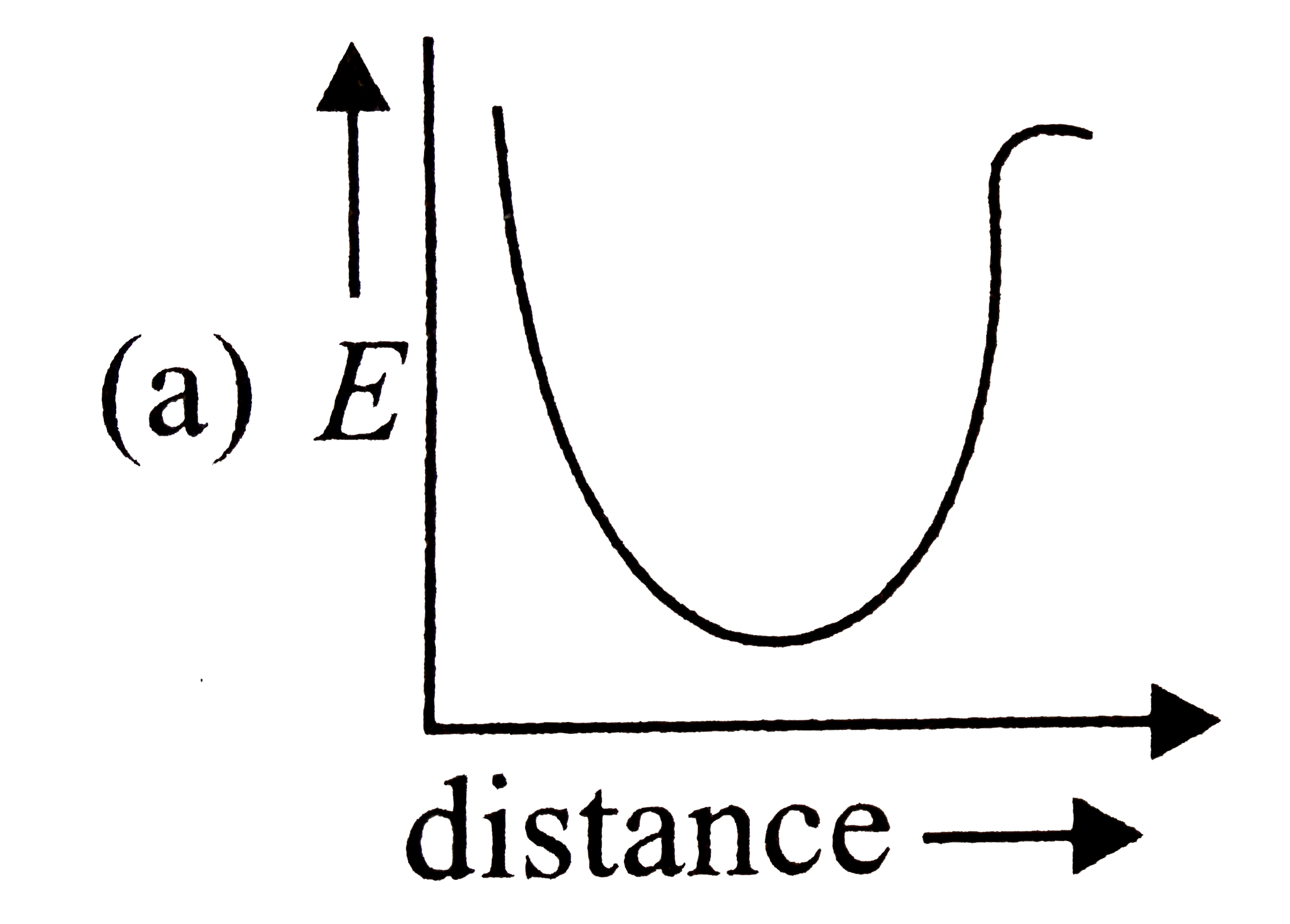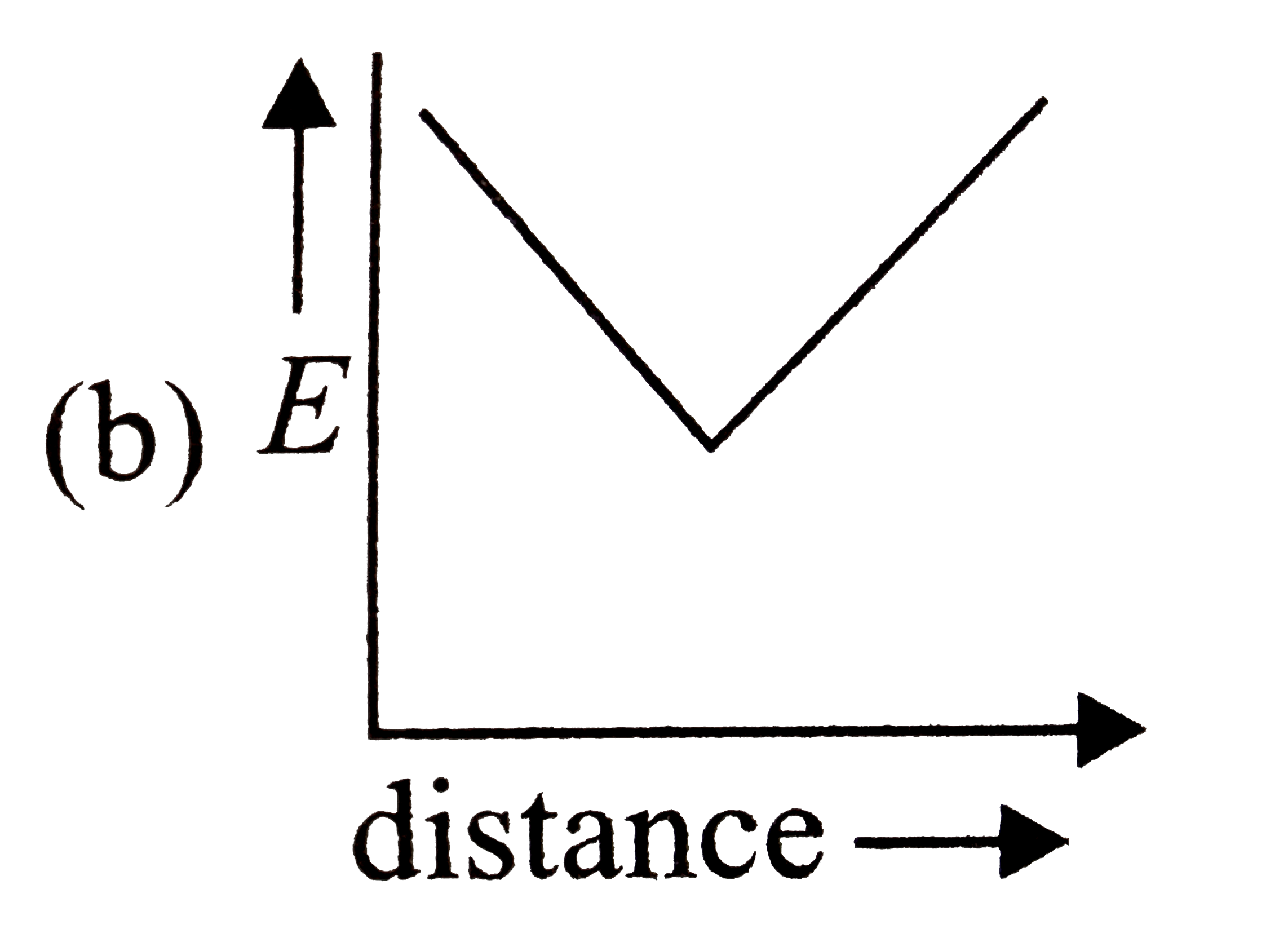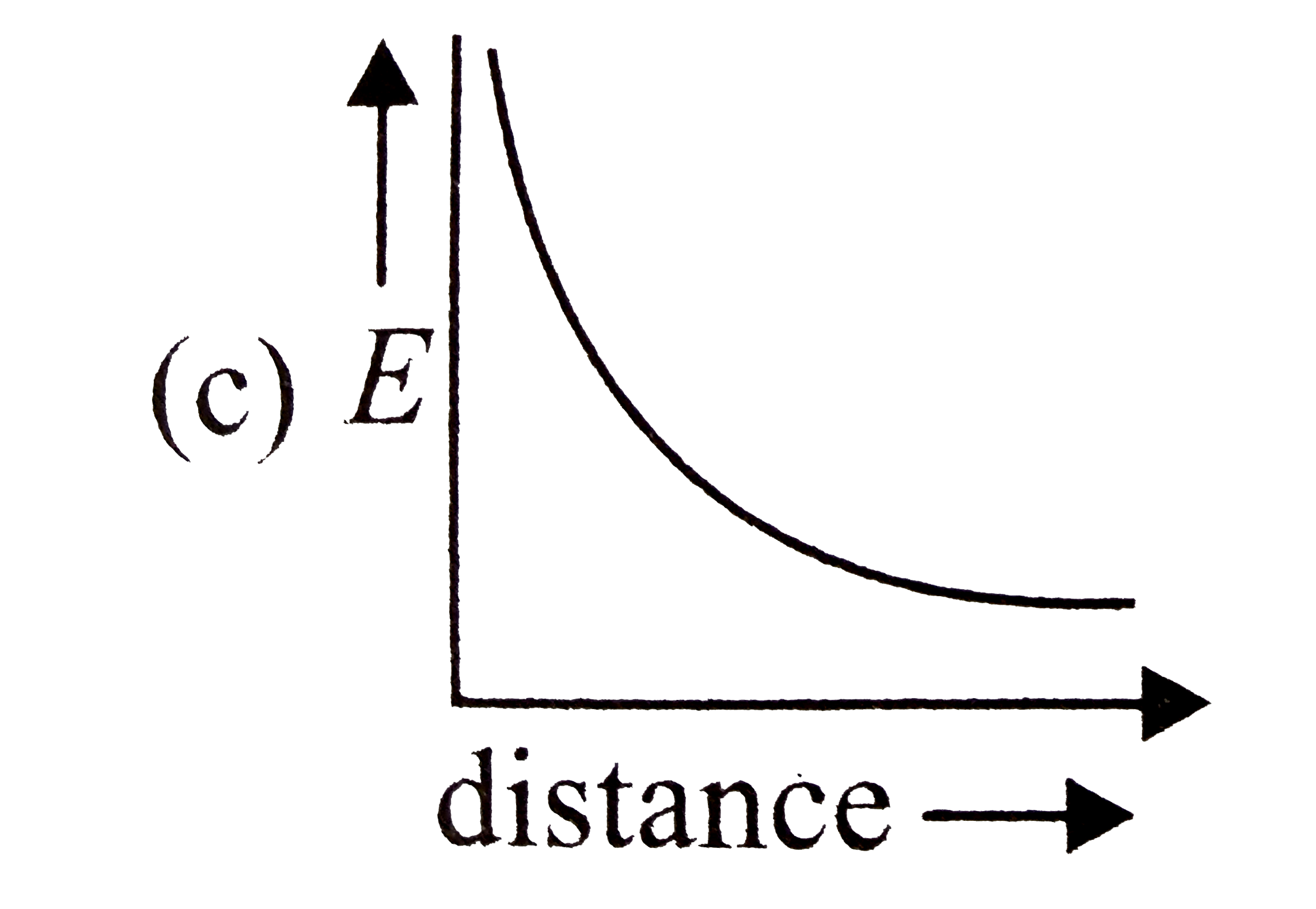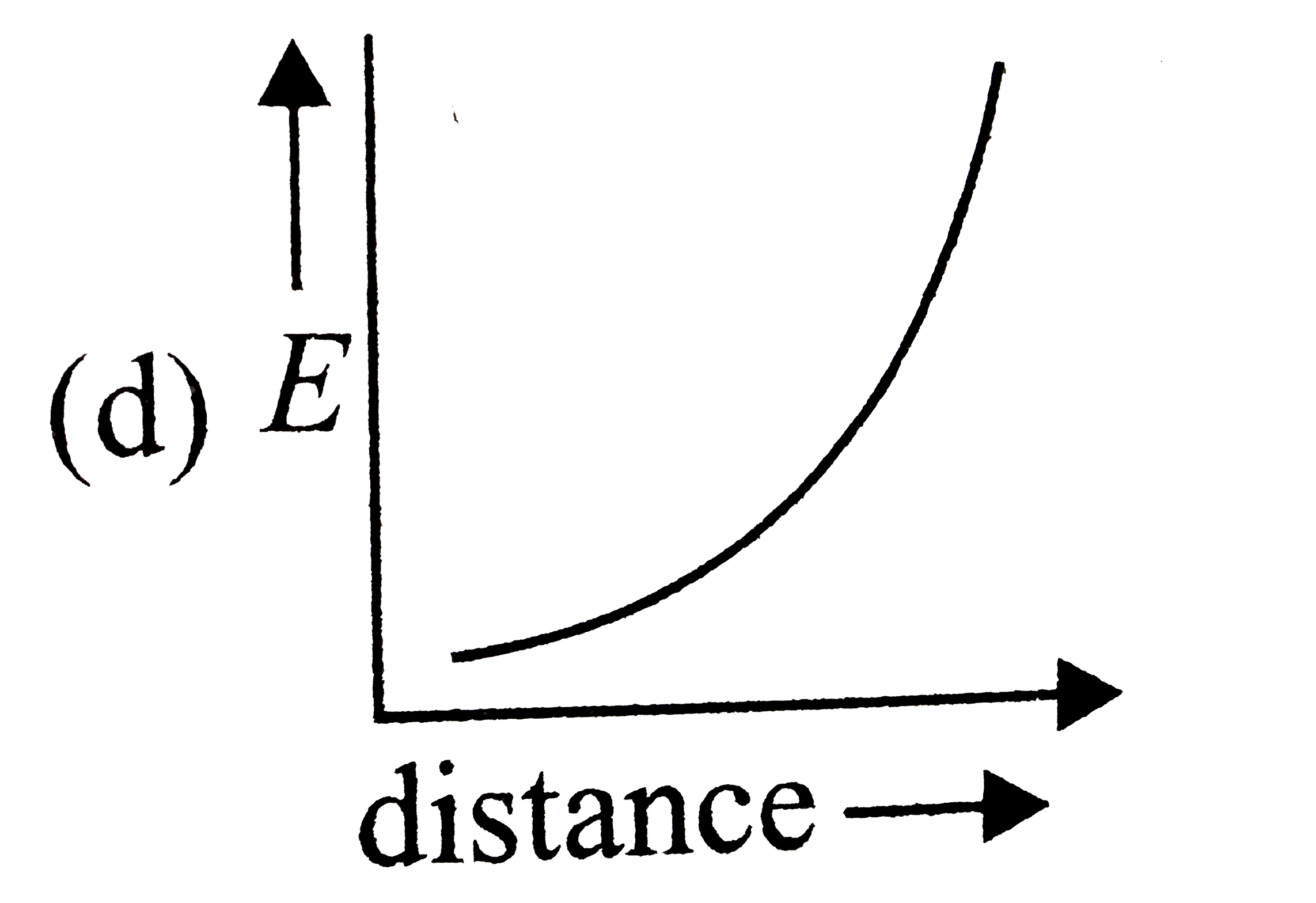In certain biochemical reactions two redox-equivalents are removed in the form of two hydrogen atoms from PGAL and transferred to a molecule of NAD+ and NADH + H+ is formed. This NADH + H+ is finally reoxidised in :-
Stroma of chloroplast
F0−F1
Mitochondrial matrix
Inner mitochondrial membrane
The correct Answer is:D
To answer the question regarding the reoxidation of NADH + H⁺ formed from PGAL, we can break down the process step by step:
1. Understanding the Reaction: In the biochemical reaction mentioned, phosphoglyceraldehyde (PGAL) undergoes a redox reaction where two hydrogen atoms are removed. This process involves the transfer of electrons and protons.
2. Formation of NADH + H⁺: The two hydrogen atoms removed from PGAL are transferred to NAD⁺ (Nicotinamide adenine dinucleotide), resulting in the formation of NADH + H⁺. This indicates that NAD⁺ has been reduced to NADH.
3. Role of NADH + H⁺: The NADH + H⁺ produced acts as an electron carrier. In cellular respiration, it plays a crucial role in transferring electrons to the electron transport chain (ETC).
4. Reoxidation of NADH + H⁺: The NADH + H⁺ is reoxidized in the electron transport chain (ETC). This occurs in the inner mitochondrial membrane, where NADH donates electrons to the chain.
5. Final Electron Acceptors: In the electron transport chain, the electrons from NADH are ultimately transferred to molecular oxygen (O₂), which combines with protons to form water (H₂O). This step is essential for aerobic respiration.
6. Conclusion: Therefore, the NADH + H⁺ formed from PGAL is finally reoxidized in the electron transport chain (ETC).
Final Answer:
The NADH + H⁺ is finally reoxidized in the Electron Transport Chain (ETC).
---
The NADH + H⁺ is finally reoxidized in the Electron Transport Chain (ETC).
Similar Questions
Knowledge Check
In glycolysis, two redox-equivalents are removed, in the form of two hydrogen atoms from PGAL and transferred to a molecule of
ABPGABNAD+CMolecular oxygenDATPHow many rodox equivalents are removed from two molecules of 3-PGAL ?
A3B4C1D2Which plot best represents the potential energy (E) of two hydrogen atoms as they approach one another to form a hydrogen molecule?
A B
B C
C D
D
What is the necessary condition for the formation of covalent bond between two atoms of an element to form a molecule?
View SolutionWhich plot best repersent the potential energy (E) of two hydrogen atoms as they approach one another to form a hydrogen molecule ?
View SolutionWhen two atoms combine to form a molecule .
View SolutionTeo atoms of hydrogen combine to form a molecule of hydrogen gas, the energy of the H2 molecule is :
View SolutionHow many ATP are formed from NADPH+ to NAD+
View Solution